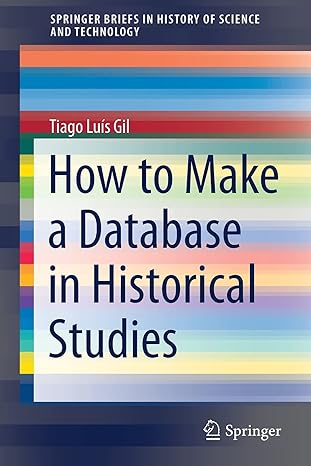Question
Chapter 5: Questions 1,5,13,23 (10 pts each) 1. What does the transport layer do? 5. How is TCP different from UDP? 13. How does TCP/IP
Chapter 5: Questions 1,5,13,23 (10 pts each)
1. What does the transport layer do?
5. How is TCP different from UDP?
13. How does TCP/IP perform address resolution for data link layer addresses?
23. How does static routing differ from dynamic routing? When would you use static routing? When would you use dynamic routing?
Chapter4: Questions 4,10,19 (10 pts each) 4. Compare and contrast roll-call polling, hub polling (or token passing), and contention.
10. Describe four types of noise. Which is likely to pose the greatest problem to network managers?
19. Briefly describe how continuous ARQ works.
Chapter3: Questions 3,14,30 (10 pts each)
3. Describe three types of guided media.
14. What is bandwidth? What is the bandwidth in a traditional North American telephone circuit?
30. What is the purpose of multiplexing?
Step by Step Solution
There are 3 Steps involved in it
Step: 1

Get Instant Access to Expert-Tailored Solutions
See step-by-step solutions with expert insights and AI powered tools for academic success
Step: 2

Step: 3

Ace Your Homework with AI
Get the answers you need in no time with our AI-driven, step-by-step assistance
Get Started


